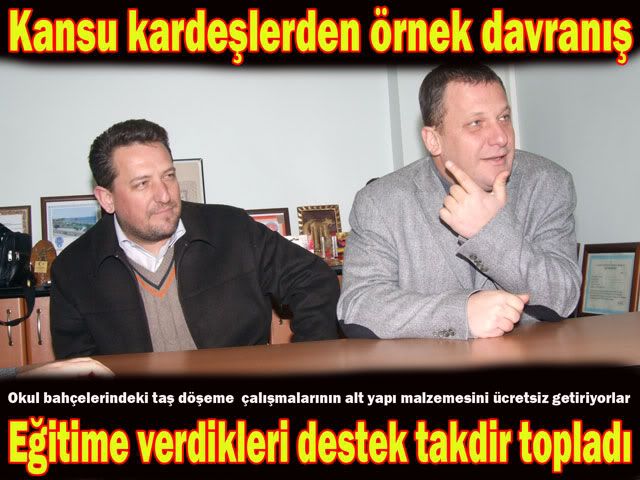Onur,
how did the music of your ancestors from Petrich sound like? Macedonian? Anatolian? Thracian? Bulgarian?
Also, I have a small mission for you. I just found the population exchange documents of my grandmother, which I didn't know were safe in a store of our family house. They reveal huge information about my ancestry, which I never hoped I could find so easily. That includes a detailed inventory of their fortune, how and when it was acquired, where their houses and estates were, family income per year, etc. Also, older family names and names of relatives.
Please, check the below (I had no luck with google and I don't know the correct spelling):
-Vasal Tzami in Edremit (does it still exist? can we find where it was? our house was in its' neighbourhood)
-A (sub-area or quarter or estate) called Calaphatzi, in or close to the town Ezine (the small town close to Troy).
how did the music of your ancestors from Petrich sound like? Macedonian? Anatolian? Thracian? Bulgarian?
Also, I have a small mission for you. I just found the population exchange documents of my grandmother, which I didn't know were safe in a store of our family house. They reveal huge information about my ancestry, which I never hoped I could find so easily. That includes a detailed inventory of their fortune, how and when it was acquired, where their houses and estates were, family income per year, etc. Also, older family names and names of relatives.
Please, check the below (I had no luck with google and I don't know the correct spelling):
-Vasal Tzami in Edremit (does it still exist? can we find where it was? our house was in its' neighbourhood)
-A (sub-area or quarter or estate) called Calaphatzi, in or close to the town Ezine (the small town close to Troy).








Comment